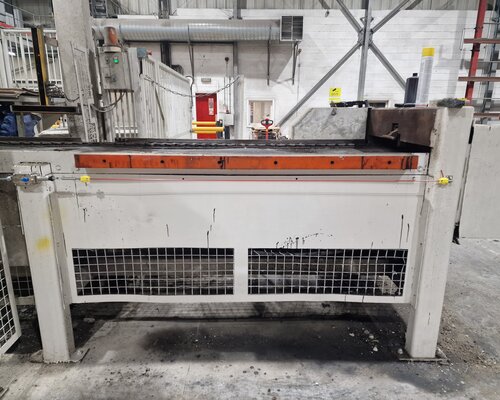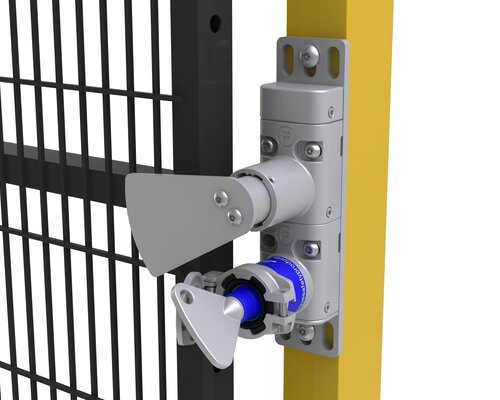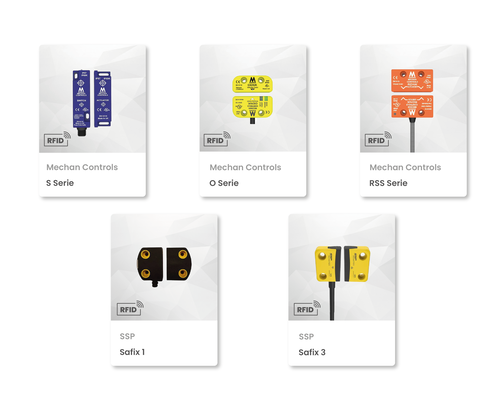|
In the world of machine safety, two crucial standards play an important role in ensuring the integrity and reliability of systems—Performance Level (PL) and Safety Integrity Level (SIL). Both are fundamental in classifying and evaluating safety measures in various domains, but they cater to different aspects of safety. Let's delve into what PL and SIL are, their significance, and the key distinctions between them.
Performance Level (PL)
Defining PL: Performance Level, often abbreviated as PL, is a classification system used to assess the safety of electrical, mechanical, pneumatic, and hydraulic safety solutions. It categorizes safety levels into five stages, from PL 'a' to 'e'. These levels are determined based on the Probability of a Dangerous Failure per Hour (PFHD) values, indicating the likelihood of a hazardous malfunction occurring within an hour.
Factors Influencing PL: Several factors contribute to the determination of PL, including the diagnostic coverage of the system, Mean Time To Dangerous Failure of components, and the overall organization of the system (categorized as B, 1-4).
PFHD Calculation: A simplified method for calculating PFHD involves assessing the Severity of consequences (S), the Frequency and/or exposure to danger (F), and the Possibility of preventing or limiting damage (P). The combination of these factors helps in assigning the appropriate PL level.
Safety Integrity Level (SIL)
Understanding SIL: Safety Integrity Level, or SIL, is employed specifically in the context of electrical and electronic systems. Unlike PL, SIL not only considers the frequency of accidents but also evaluates the severity of these accidents. The determination of SIL levels involves using a risk matrix, often referred to as the Layer of Protection Analysis (LOPA) matrix.
Steps in SIL Determination:
- Identify the scenario for the loss of containment, typically derived from a Hazard and Operability Study (HAZOP).
- Clearly define the cause (initiating event) and the consequence of a scenario.
- Establish the frequency of the initiating event.
- Determine the acceptable incident frequency (acceptable risk), often relying on a risk matrix.
- Examine the existing protective layers (LOPs) or Independent Protective Layers (IPLs) for their effectiveness.
- Consider conditional modifiers, variables expressing the likelihood of a specific outcome.
- Calculate the frequency of the scenario, ensuring it is below the maximum allowable incident frequency.
SIL Classification: The outcome of these steps results in the classification of SIL levels:
- SIL 4: 10−5≥PofD<10−410−5≥PofD<10−4
- SIL 3: 10−4≥PofD<10−310−4≥PofD<10−3
- SIL 2: 10−3≥PofD<10−210−3≥PofD<10−2
- SIL 1: 10−2≥PofD<10−110−2≥PofD<10−1
Distinguishing SIL and PL:
While both SIL and PL share the overarching goal of enhancing safety, they differ in their approach and application. The ISO 13849-1 standard (PL) provides a broader framework, encompassing pneumatic and hydraulic systems and mainly focusing on machine construction. On the other hand, the IEC 62061 standard (SIL) concentrates more on electrical and electronic systems.
Examples of Products Complying with SIL and PL:
- tGard range from Fortress meets PLd and SIL2 standards, offering a compact access and control system integrating key interlocks, electrical safety locks, push buttons, and selector switches.
- mGard, amGard Pro, amGard Network, amGard S40, Alfred Ex, Atom, Louis, Steute Ex, and Proton safety switches comply with PLe and SIL3 standards.
- Fluidsentry products designed for pneumatic and hydraulic solutions are marked with PLe.
In conclusion, both PL and SIL serve as indispensable tools in ensuring the safety and reliability of various systems. Understanding their unique perspectives and applications allows engineers and safety professionals to implement comprehensive safety measures tailored to the specific requirements of their industries.
Find out more:
tGard, amGard Pro, Proton, Steute Ex
|
|




